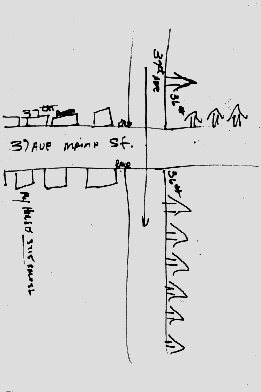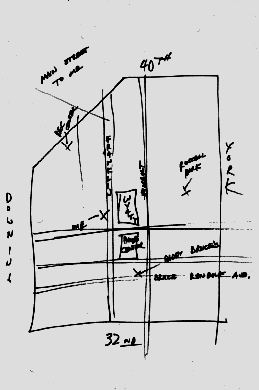|
|
The Envisionment and Discovery CollaboratoryCole Neighborhood Experience |

The Cole Neighborhood is an area in northwest Denver that has signifigant need for economic and community redevelopment. Under Mayor Peña, funds for infrastructure and bank loan packages for property improvements were made available to the area, and the decisions about how the money would be spent were to be made by community participants
The Simulation Laboratory (SimLab) in the Department of Environmental Design was asked to participate in creating processes to elicit meaningful participation by the community. Through the creation of physical models of homes, neighborhoods, and infrastructure, along with the training of citizens as facilitators, community participants were engaged in a process of description, evaluation, and prescription, resulting in decisions on funding priorities.
The use of these models has made us aware of some of the benefits and limitations of these simulations games and provided us with a deeper understanding of different media. The strengths of physical media are:
Many of these advantages are interrelated and interact with each other. On the other hand, weaknesses are associated directly with the limitations of the physical material:
An interesting new book "The Hand: How Its Use Shapes the Brain, Language, and Human Culture." (1998 Pantheon Books) supports our contention that the ability to physically manipulate objects is important for understanding and learning. Hear an interview with the author on NPR's All Things Considered, July 28, 1998 (requires RealPlayer).
One question that comes out of this work is whether the use of these simulations cause any changes in the understanding of the participants. Cognitive definitions of neighborhoods are important to planning because as images they inevitably structure reality. Likewise, discrepancies between the cognitive and the real political definitions of a neighborhood are relevant since their existence can limit neighborhood participation in design and policy-making processes
A baseline survey was carried out with 115 subjects. An augmentation of understanding of the boundaries of the neighborhood was observed in the cognitive maps of "my neighborhood" drawn by those neighbors who had used the tools over the ones who had not used them.
Cognitive maps of "my neighborhood" from a survey representative of neighbors who did not use the models (left), with those who did or helped as facilitators (right) (Foy 1991).


Please direct questions or comments to: l3d-webmaster